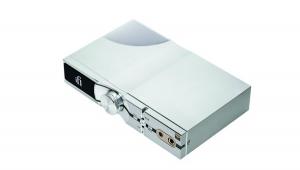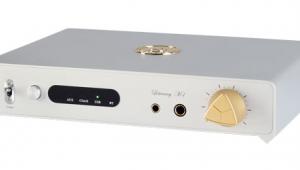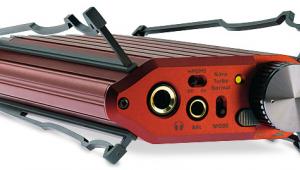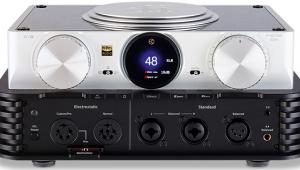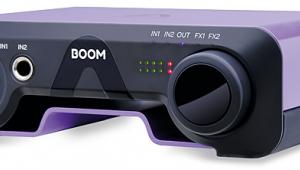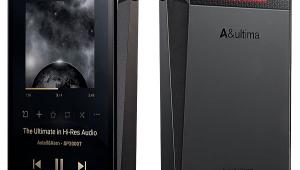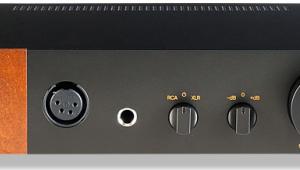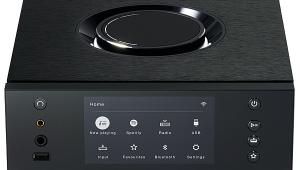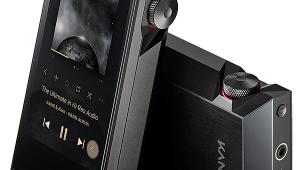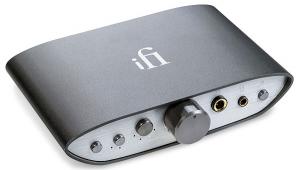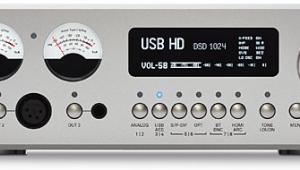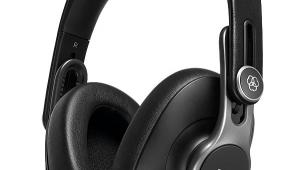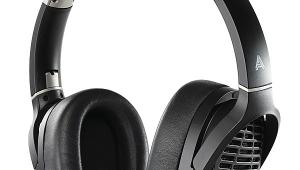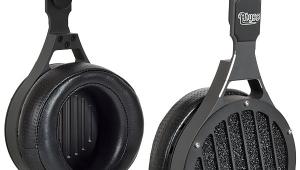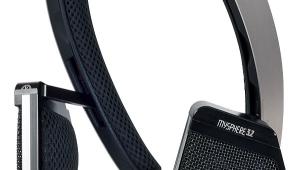Focal Elegia Headphones Page 2
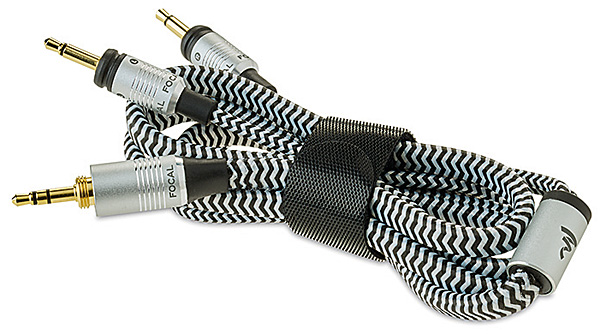
In the new Mariinsky Orch/Gergiev 1911 version of Stravinsky's Petrushka [Mariinsky SACD; MAR0594] the orchestral balance was brought more forward than expected: this proving to be another Elegia constant. There was some foreshortening of depth and little perceptible space around the piano solos, but the decay of notes and details like the flautist taking breaths during track 3 registered beautifully.
Pennies From Heaven
Rather than the Erato CD of Prokofiev's Peter And The Wolf with Patrick Stewart, used for the Dekoni Blue [HFN Feb '19], I listened this time to Mia Farrow narrating on LP, with the LSO under André Previn [EMI ASD2935] – never reissued on CD, but the only version I know where you cannot tell that the speech was recorded separately in a different studio. The Elegia imparted a slightly cuppy quality to her voice, just as the voice-reverb wasn't entirely natural but somehow 'boosted'. Close-miking for the three horns – a rather closed-in effect – and percussion was very evident, although the bassoon sounded admirably woody.
Does anyone play, or even remember the County Donegal group Clannad, whose Magical Ring [RCA PL70003] wowed former editor John Atkinson back in 1983? With this 'audiophile' LP the big, pulsing beat of the final section of 'Newgrange' sounded heavier than perhaps it should, the castanets thicker in timbre, and Máire Ní Braonáin's voice had a slight sibilance – although every word was clear.
The plucked string bass opening of 'Easy Money' from Rickie Lee Jones [Warner K56628; Nimbus pressing] was different from what I usually hear but still good – every word was clear but the voice had more 'weight', and somehow I was more conscious of the channel separation effects. The final decay on piano again had that admirable 'electrostatic' clarity and focus.
There are more coins cascading, of course, on Pink Floyd's 'Money' [Dark Side Of The Moon; Parlophone SACD 7243 582136 2 1] – the left/right/centre extremes here had plenty of punch, while in the intro track all the 'helicopterish' effects and distant swearing were sharply defined. I was lulled into the following 'Breathe' and happily stayed the course throughout the entire track.
Changed Perceptions
Back to classical, and to part of Bartók's String Quartet No 4, completed in 1928. In the fourth movement, which is entirely played pizzicato, he asks the players at times to pluck the strings with enough force to bounce off their finger-boards. The Juilliard/CBS LP finale – a raucous affair – I used to play as a pick-up tracking test, but here I listened to a new Chandos release from the Romanian Arcadia Quartet, recorded at Potton Hall [CHAN 10992; 96kHz/24-bit].
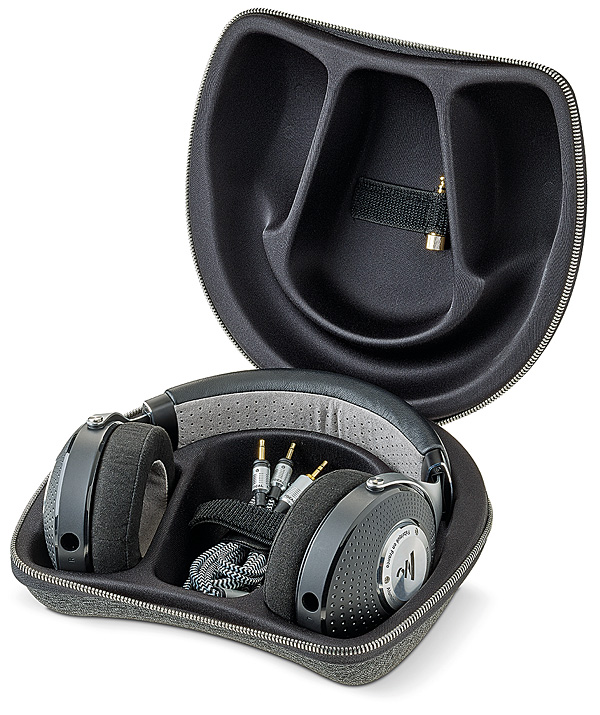
Their pizzicato movement is very beautifully done, precise yet extraordinarily easeful, the Elegia creating an enjoyable soundstage with full timbres, and the cellist Zsolt Török's occasional soft strumming across the strings was effectively caught. Confining the Mytek Brooklyn to its DAC duties I got a very marginally improved sound driving the Focal Elegias with the Beyerdynamic A2 preamp connected, where the pitching of notes seemed better defined.
I had another pleasant surprise listening to Stravinsky's Rite Of Spring in a two-piano arrangement recorded live at the 2014 Festtage Festival in the Berlin Philharmonie, with Daniel Barenboim and Martha Argerich – their first collaboration for 15 years – comparing the CD [DG 479 3922] with a CD rip played via Audirvana in upsampling mode.
Sight-read, their performance has something of a 'seat of the pants' character. But with the rip, the distance between pianos and audience noises seemed widened, the playing itself calmer, more authoritative, the overall balance marginally more distant.
Interesting how a change in the equipment can alter your perceptions… And conscious of my little grumble about decoration in the Mozart Piano Concerto recording I listened again – this time smiling at Seong-Jin Cho's various added decorative infills.
Hi-Fi News Verdict
Although the supplied cable is rather short, Focal's Elegia is otherwise comfortable to wear. Moreover, while its tonal balance might not be perfect for the critical classical music listener, it nevertheless has a responsiveness that's reminiscent of an electrostatic speaker, realising quite remarkable decay on notes. All things considered it's a compelling purchase – the styling is certainly a major attraction.
